RVA Group’s managing director Richard Vann recently spoke with Demolition Hub about the importance of safety within the demolition sector, and why this is non-negotiable.
In case you missed it, catch up on the article below.
In the demolition space, an alarming number of people believe ‘the world has gone mad’ with safety precautions on-site, suggesting that there might be such a thing as being ‘too careful’ or of creating jobs for the sake of it.
The reality is, when dealing with the various elements of demolition, there can be no room for compromise. Safety isn’t a matter of excess or choice but is imperative and non-negotiable. And in an arena of such fine margins, it’s important to remember exactly why this mindset is key.
A distressing yet significant read, Health and Safety Executive (HSE)’s ‘Work-related fatal injuries in Great Britain 2023’ report puts things into perspective. Headline figures from the national regulator indicate that 135 people were killed in work-related accidents in the year ending March 2023 — an increase of 12 (10%) on the previous year. A total of 68 members of the public also sustained fatal injuries — a decrease of 20 deaths (23%) from the preceding period.
Consistent with previous years, the construction sector overall had the highest number of fatalities too. A growth of 16 fatal injuries saw the figure more than double (55%) since 2021/22, with 45 cases recorded. This makes the five-year average for fatalities in this sector 37. That’s looking solely at the UK statistics too.
While HSE’s Chief Executive, Sarah Albon, stated that Great Britain is one of the safest countries in the world to work, we’re also reminded that any loss of life in the workplace is a tragedy and invariably avoidable. As such, a safety-first mindset should always be at the top of the agenda.
Physical safety measures, such as PPE usage and handrail installations, certainly play their part, but that’s as far as many people and companies can see. Perhaps more importantly though, proactive safety strategies — encompassing training, cultural understanding and mindset, risk appraisal, and discouraging behaviours like ‘corner cutting’ — can help emphasise and encourage the collective responsibility and buy-in of all involved.
Convergence of minor lapses could lead to catastrophic consequences. And more often than not, it’s the final oversight of multiple that triggers a major incident, rather than one single wrongdoing. For example, when person A did X, person B didn’t do Y, and person C presumed someone else would take care of Z. We should all embrace the attitude that even so much as a cut in the workplace is one incident too many. Otherwise, where do we draw the line?
A similar logic can be applied to routine activities too. Regardless of whether nine times out of ten there’s never been a passing car when crossing the street, what’s to say the tenth occasion won’t be different? It may seem trivial, but it’s true. Routine tasks, despite their seeming predictability, can introduce unforeseen risks with devastating consequences. Mindset matters, and being attentive at all times is key.
Maintaining open lines of communication from the ‘bottom up’ is equally critical. Familiarity breeds contempt, after all. So, conversations surrounding risks should be constantly revisited — according to the scale, type and number of hazards at play — steered by someone with task related safety management expertise, to be embraced by all parties involved in the project.
Of course, relevance is key. With some protocols and procedures mismatched to the role of the site visitor, the whole ‘health and safety gone mad’ debacle could perhaps be justified. Inducting a visitor attending the administrative area of a power station will look drastically different to someone maintaining the electricity generation equipment, for example. Or at least, it should.
Beyond the eye-roll inducing annoyance, if the nature of a worker’s role or areas they will be assessing aren’t considered properly in line with risk assessments, safety outcomes could be severely compromised. Regardless of a plant owner’s genuine commitment to safety, attempting to ‘cover all bases’ might result in the visitor disengaging and overlooking the section of the induction crucial for their personal safety on-site.
So, what about reactive safety strategies? The investigation of an incident, root cause analysis, reporting, the evaluation of learnings, and the implementation of improvements are all crucial. But let’s not forget this reactive process is a result of an incident having already happened. While it would be naive to say you can predict every single eventuality, doing what is reasonable and practicable to prevent them in the first place is key for curbing our sector’s statistics.









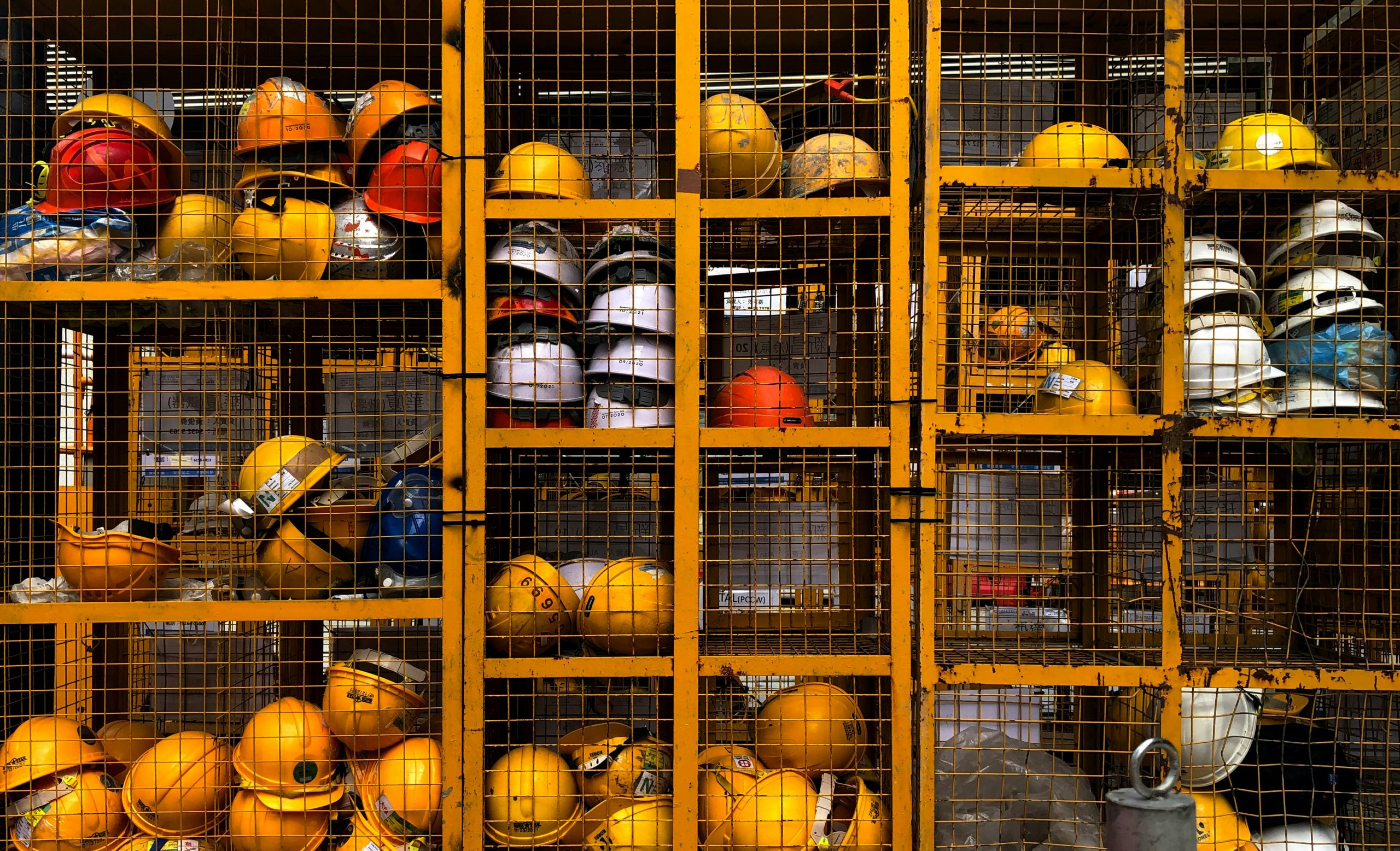
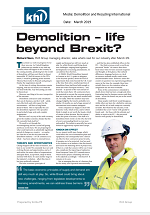 In the latest edition of Demolition and Recycling International, RVA’s managing director Richard Vann gives his thoughts on what’s in store for the world of demolition post-Brexit.
In the latest edition of Demolition and Recycling International, RVA’s managing director Richard Vann gives his thoughts on what’s in store for the world of demolition post-Brexit.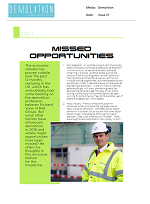 In issue 27 of Demolition, our managing director Richard Vann provides his thoughts in an exclusive feature on the missed opportunities within and around the demolition industry.
In issue 27 of Demolition, our managing director Richard Vann provides his thoughts in an exclusive feature on the missed opportunities within and around the demolition industry.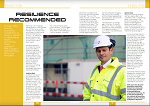 In the 2019 Demolition Directory, our Managing Director Richard Vann shares his thoughts and advice on how demolition businesses need to adapt and evolve in order to succeed.
In the 2019 Demolition Directory, our Managing Director Richard Vann shares his thoughts and advice on how demolition businesses need to adapt and evolve in order to succeed.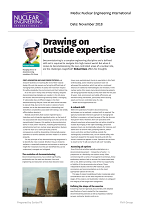 In November’s edition of Nuclear Engineering International, Richard Vann offers his thoughts on the challenges you may face decommissioning the non-controlled area of a nuclear site.
In November’s edition of Nuclear Engineering International, Richard Vann offers his thoughts on the challenges you may face decommissioning the non-controlled area of a nuclear site.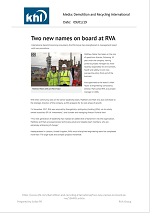 Industry headlines share the news of RVA’s strengthened management team, with two promotions.
Industry headlines share the news of RVA’s strengthened management team, with two promotions.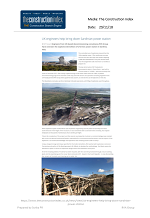
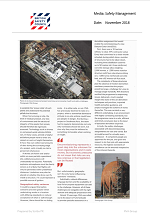
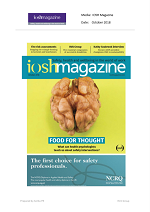 In October’s edition of IOSH Magazine, RVA’s managing director Richard Vann provides his insight into the five key elements to a successful demolition project.
In October’s edition of IOSH Magazine, RVA’s managing director Richard Vann provides his insight into the five key elements to a successful demolition project.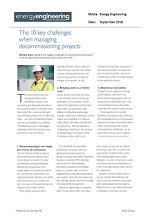 In the latest issue of Energy Engineering, RVA Group’s managing director Richard Vann gave his views on the 10 main challenges involved in the management of a decommissioning project…
In the latest issue of Energy Engineering, RVA Group’s managing director Richard Vann gave his views on the 10 main challenges involved in the management of a decommissioning project…